Anycubic PETG (Polyethylene Terephthalate Glycol) filament is a popular material for 3D printing that strikes a balance between the ease of use of PLA and the strength and durability of ABS. It is known for its high toughness, impact resistance, and vibrant colors, making it an excellent choice for a wide range of functional and aesthetic applications.
Anycubic PETG Filament offers high strength, smooth printing, and excellent layer adhesion for durable 3D prints at an affordable price.
Related internal pages:
- anycubic-creative-filament-pack/
- anycubic-pla-filament/
- anycubic-smart-printing-filament-pack/
- anycubic-high-speed-pla-filament/
- anycubic-home-craft-filament-pack/
Product Features
● Durable & Impact-resist
● Water-resist & Weather-resist
● Chemical-resist
● Vibrant Colors
● Boosting Efficiency with Intelligent Identification
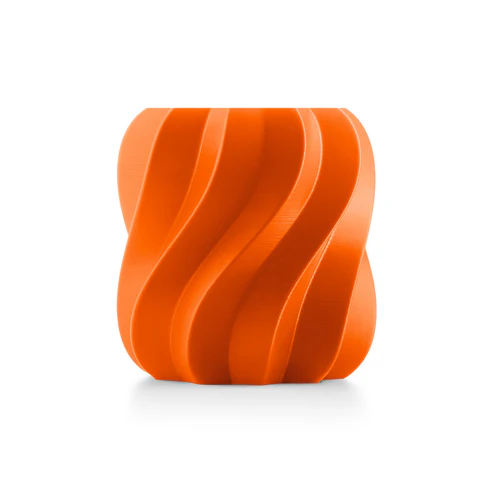

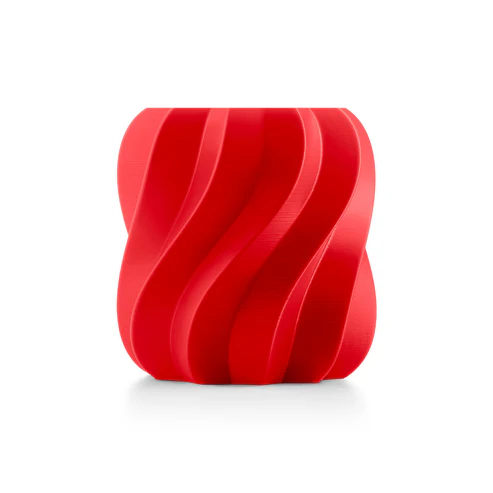

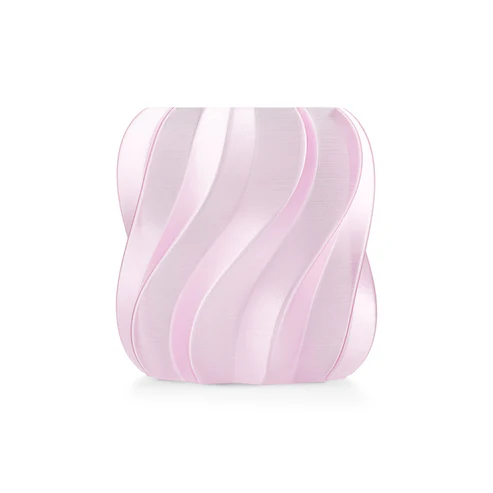
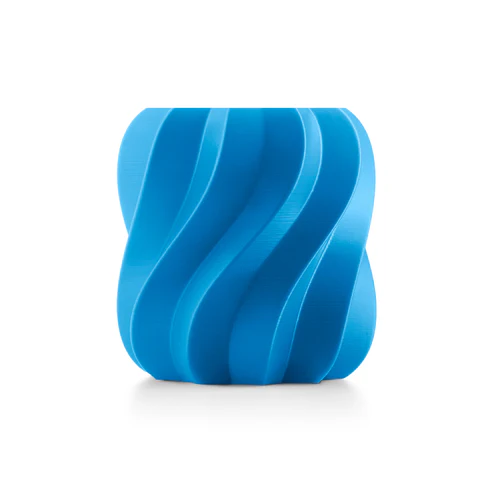

Core Properties and Performance
PETG is a modified version of polyethylene terephthalate (PET), with glycol added to enhance its properties. This modification improves its durability, flexibility, and printability.
- Strength & Durability: Anycubic PETG is significantly more impact-resistant and flexible than PLA. While PLA is brittle and can snap under stress, PETG can bend and absorb force without breaking. Its tensile strength is approximately 52 MPa, with a high Izod impact strength of 45 kJ/m².
- Vibrant Colors and Surface Finish: The filament produces glossy and smooth prints. It’s available in a wide range of vibrant colors and can be transparent, making it suitable for parts like lampshades or display models.
- Heat & Weather Resistance: PETG has a higher heat deflection temperature (69°C) compared to PLA (~55°C), making it a better choice for parts that may be exposed to moderate heat. It also has good UV and water resistance, making it suitable for outdoor use.
- Chemical Stability: PETG is resistant to a variety of chemicals, including acids, alkalis, and oils. This makes it a good material for parts used in industrial or chemical environments.
Durable & Impact-resist
PETG combines the ease of printing of PLA with the toughness of ABS. Models maintain their structural integrity even when dropped or subjected to stress. Making it an excellent choice for toys, chassis, and mechanical prototypes.
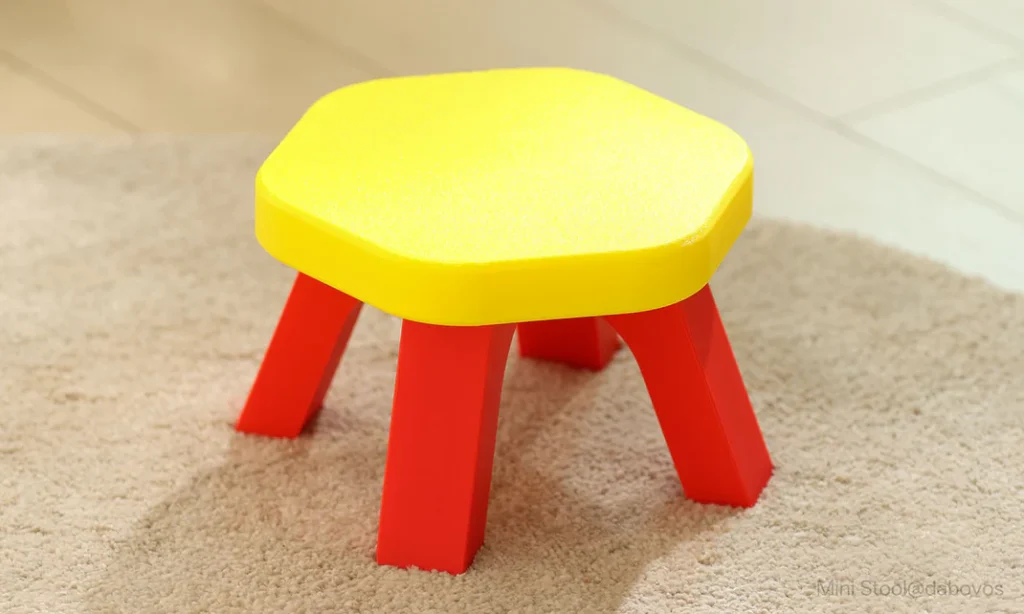
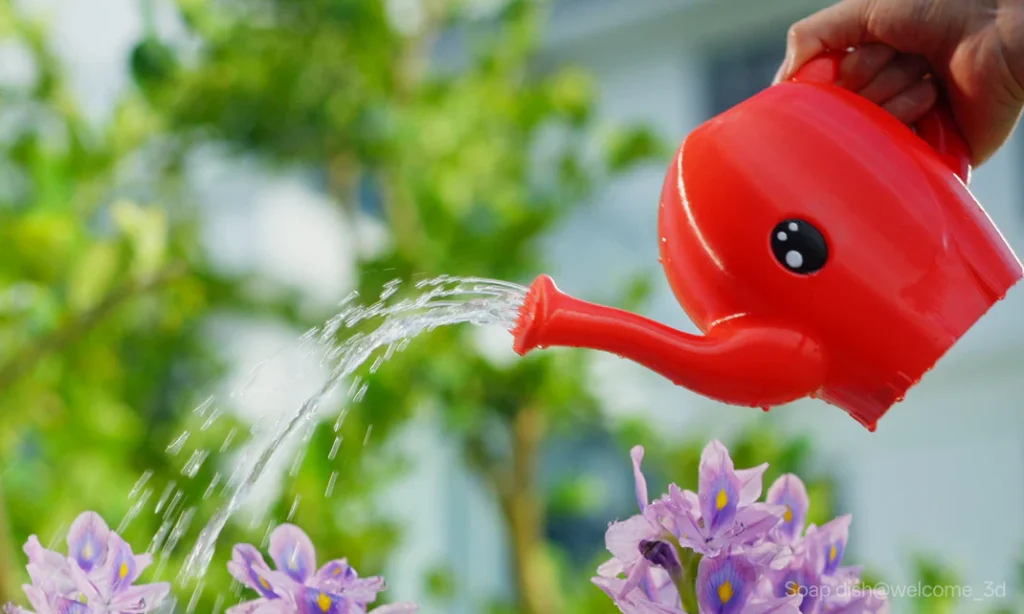
Water-resist & Weather-resist
The PETG filaments offer excellent water/weather resistance for all outdoor applications. Preserving the model’s original luster and texture over time.
Chemical-resist
The PETG filaments resist chemical corrosion from gasoline, soap, detergent, perfume, toothpaste, and dozens of other chemical substances.
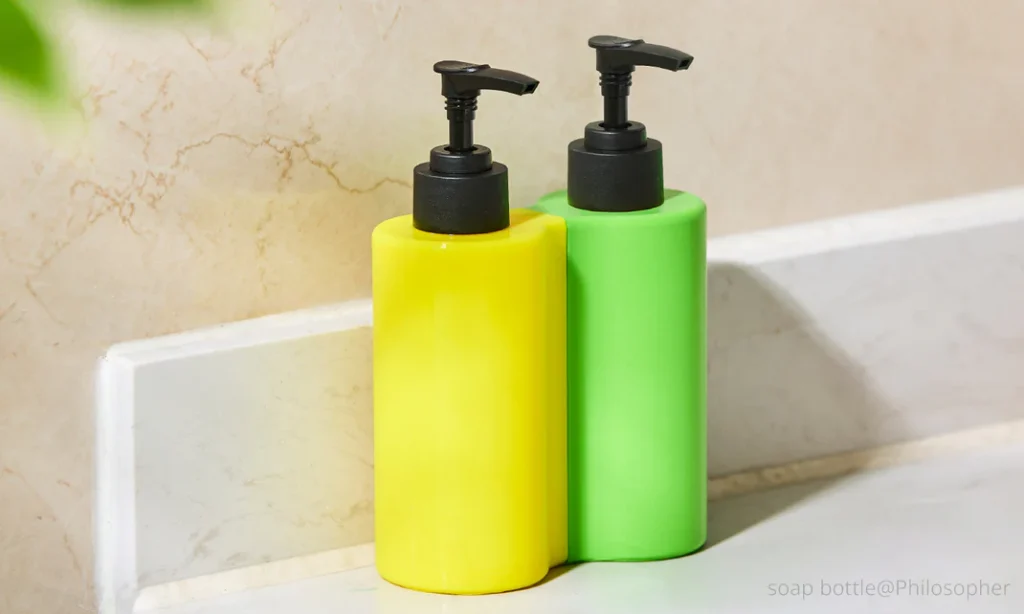
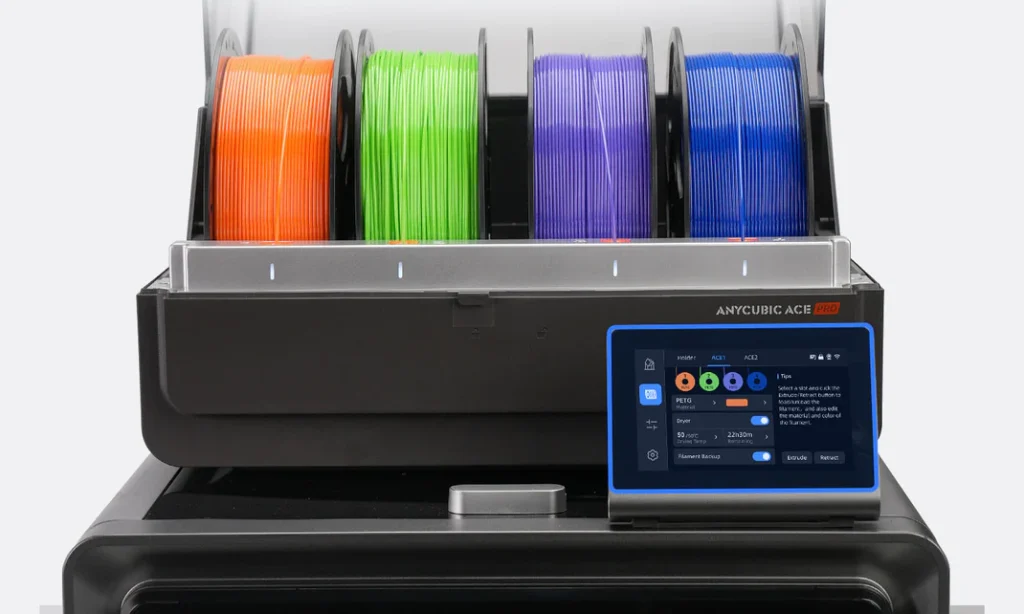
Boosting Efficiency with Intelligent Identification
The filaments feature intelligent identification chips that integrate seamlessly with the ACE Pro, enabling automatic identification of printing information and enhancing the overall printing experience.
Reusable Filament Spool
The reusable filament spool features a threaded connection system designed for enhanced stability when used with spool-free filaments. This design significantly reduces the risk of entanglement, filament scattering, and operational errors.
*You can keep the spool for future use – saving costs and minimizing waste with every refill.

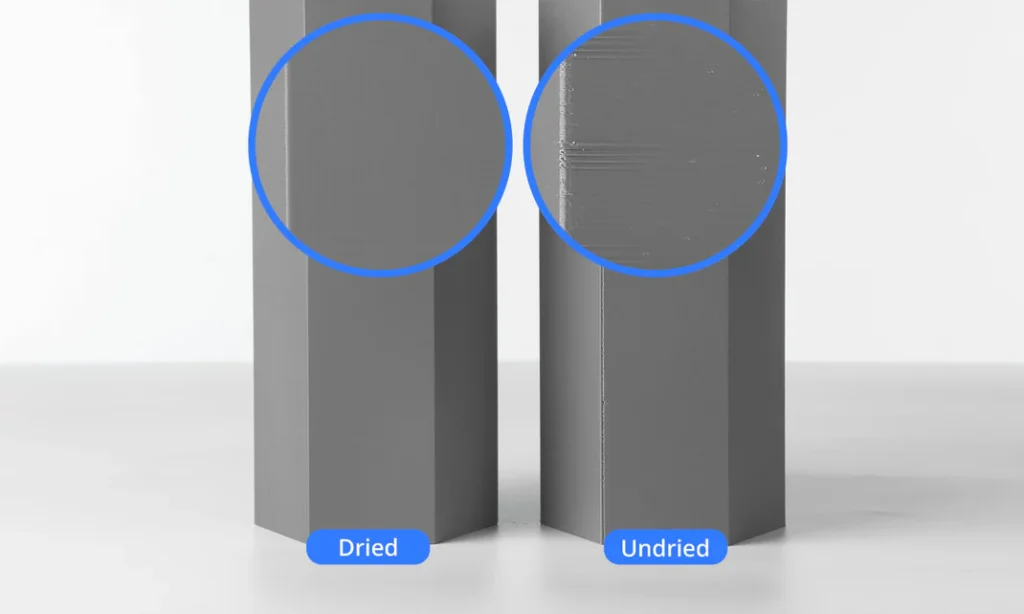
Printing Guide
You must dry PETG Translucent filaments before printing and store them in a moisture-controlled environment to prevent air bubbles during printing.
Applicable Printer
It is widely compatible with all FDM 3D printers on the market.
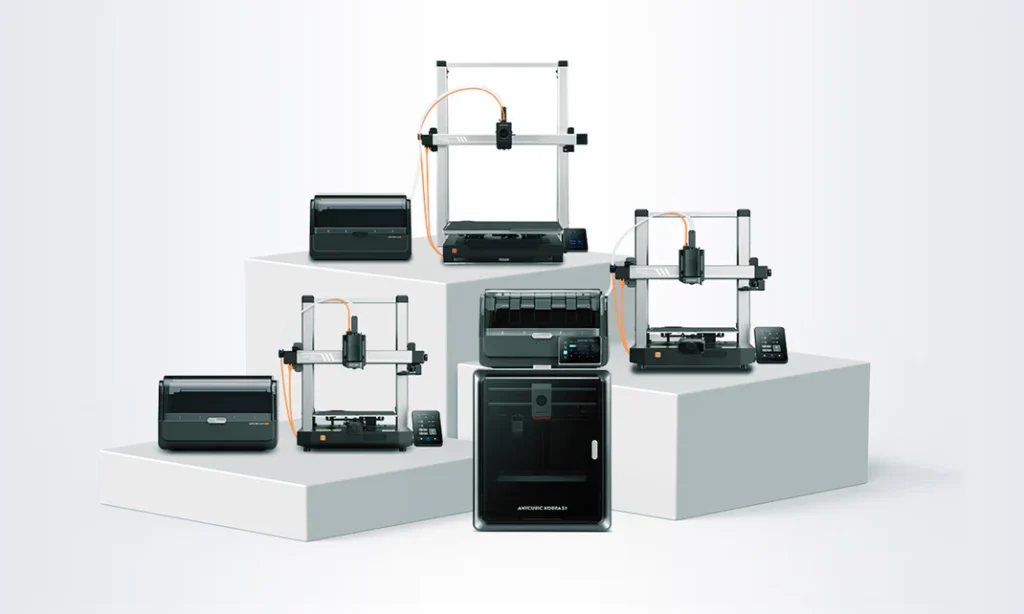
Recommended Print Settings
- Nozzle Temperature: 230-250°C.
- Bed Temperature: 60-70°C.
- Printing Speed: 50-250 mm/s.
- Cooling Fan Speed: 90%.
- Drying: Anycubic recommends pre-drying the filament at 55-65°C for 6-8 hours to prevent moisture-related issues like stringing and inconsistent extrusion. PETG is hygroscopic, meaning it absorbs moisture from the air.
Filament Installation
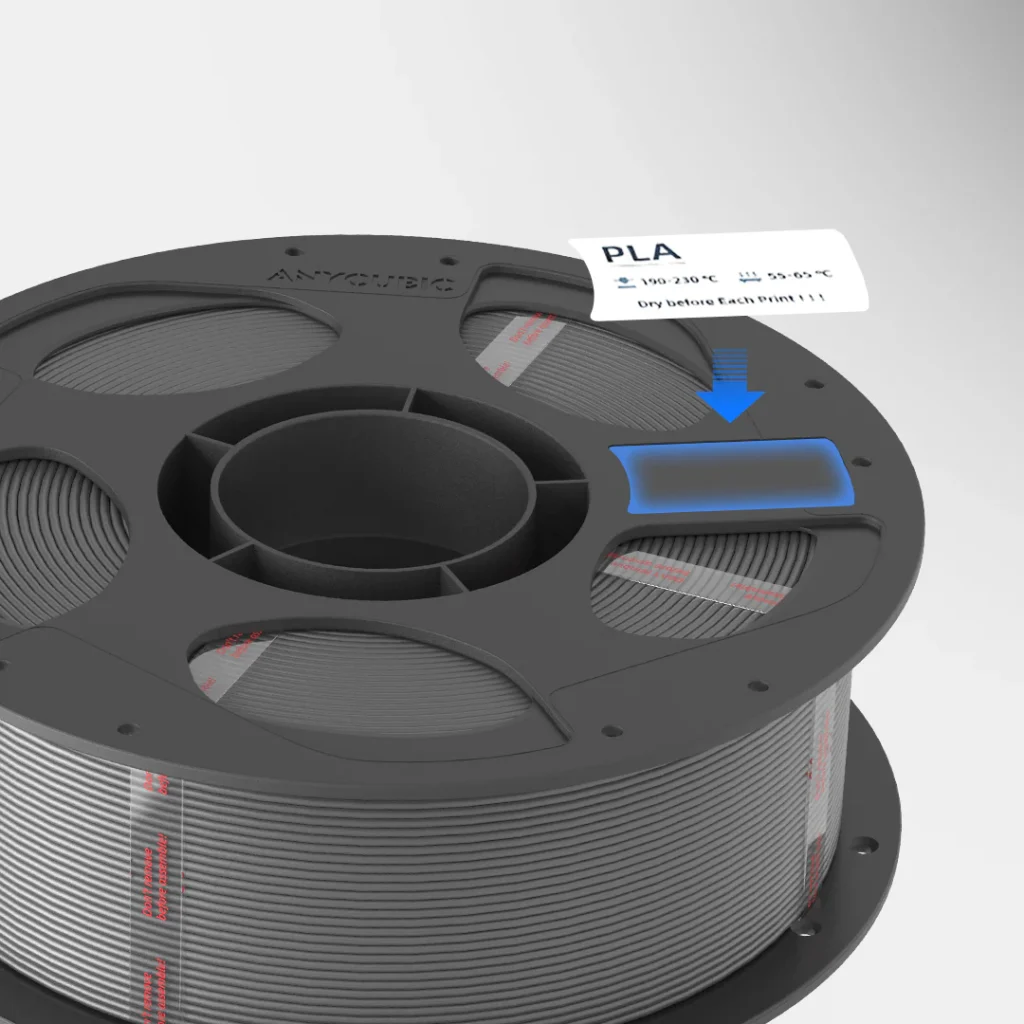
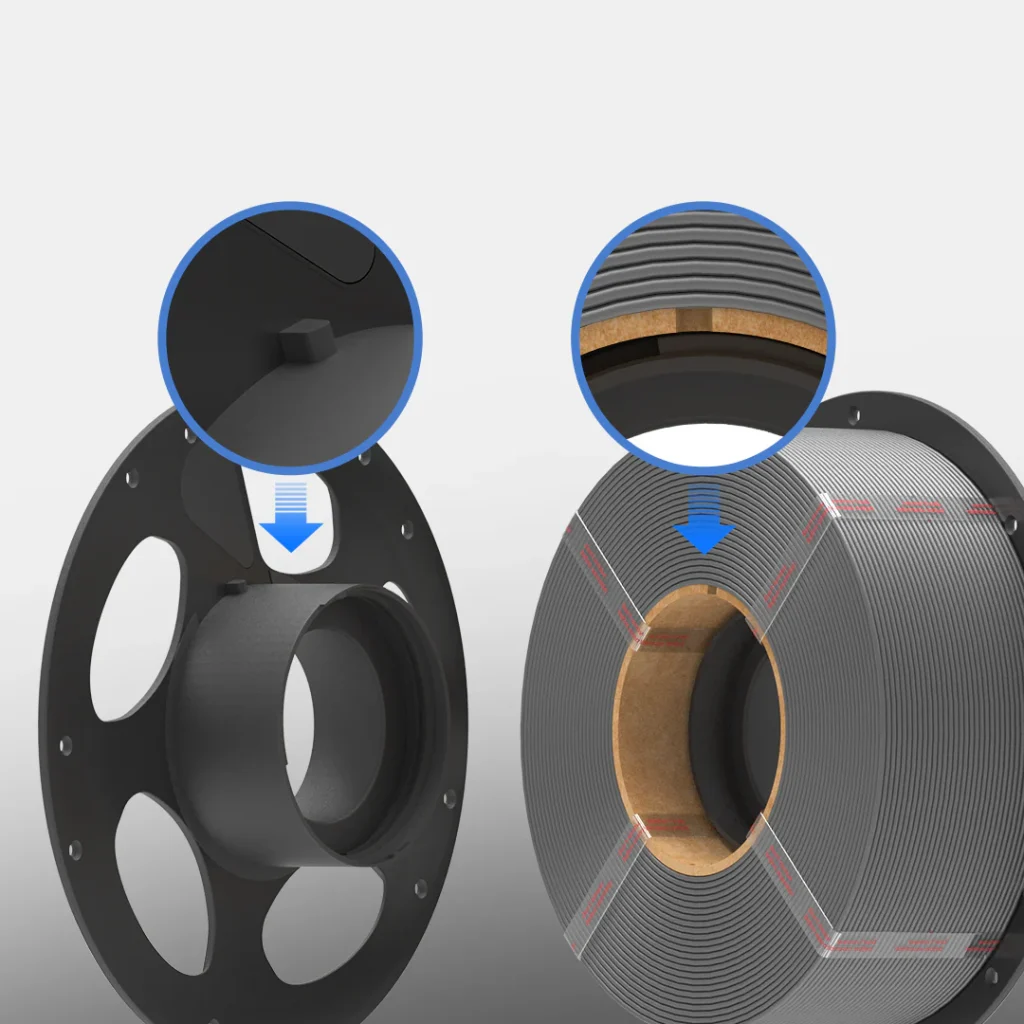
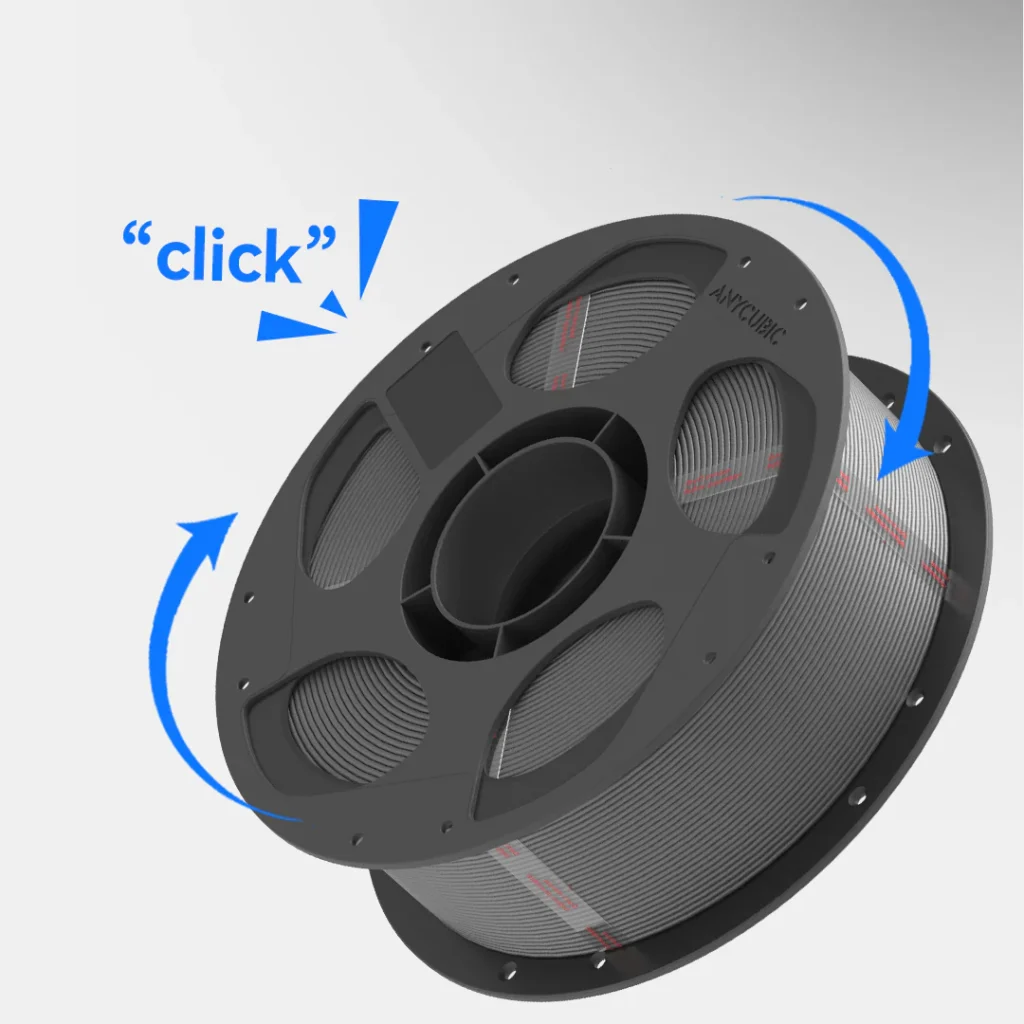
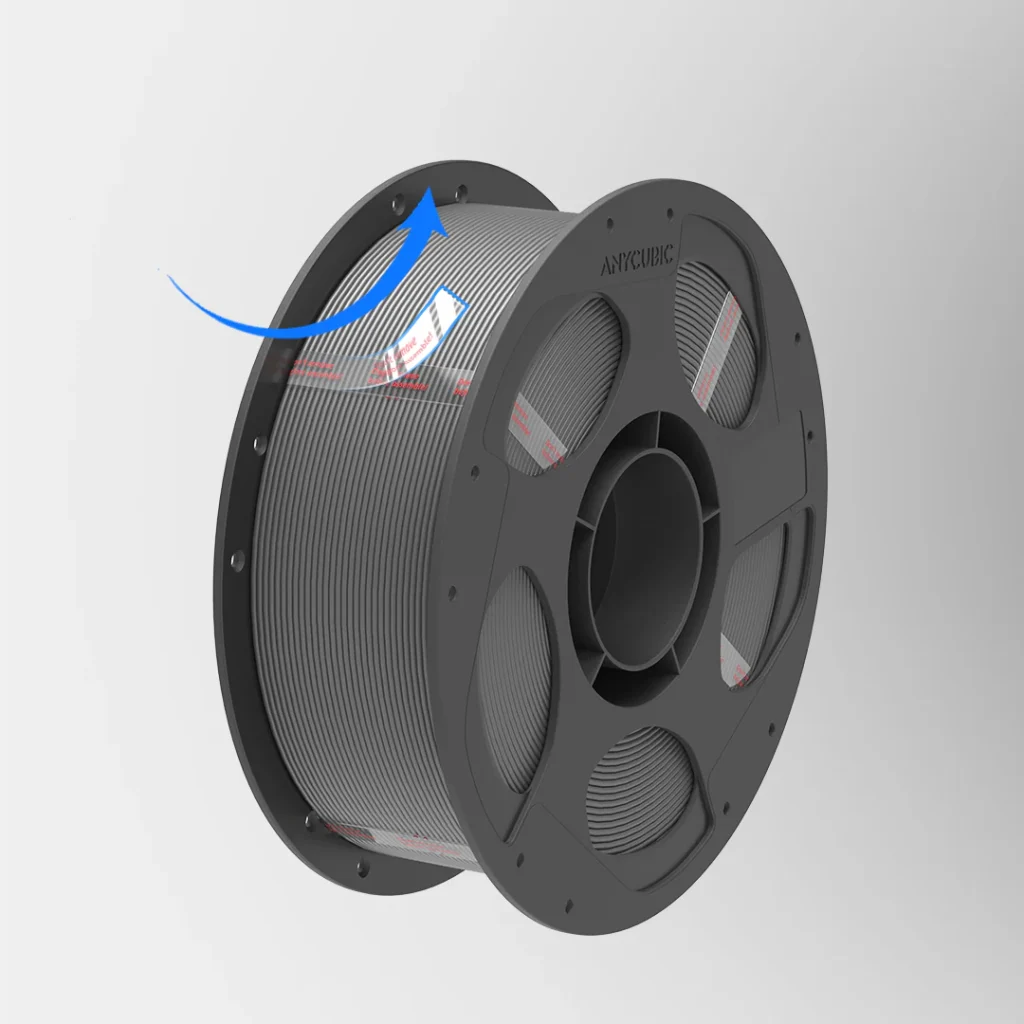
Step 1: Label the Filament
First, apply the provided label to the designated area on the side of the reusable spool. This label, which contains a chip for smart identification, allows compatible Anycubic printers to automatically detect the filament type and color, streamlining the setup process.
Step 2: Load the Filament
Carefully place the spool-less filament coil onto one half of the reusable spool. Align the holes on the filament’s inner core with the pins on the spool half. This ensures the filament is properly seated and prevents it from shifting during the assembly process.
Step 3: Lock the Spool
Place the second half of the spool over the filament, aligning the pins with the corresponding holes. Push the two halves together firmly until you hear a “click.” This sound indicates that the spool is securely locked, holding the filament in place and preparing it for use.
Step 4: Prepare the Filament
Once the spool is locked, you can remove the filament’s retaining clips or ties. Gently pull on the end of the filament to ensure it is free from tangles. The filament is now ready to be loaded into your 3D printer for your next project.
Pros and Cons of Anycubic PETG Filament
User Application Scenarios
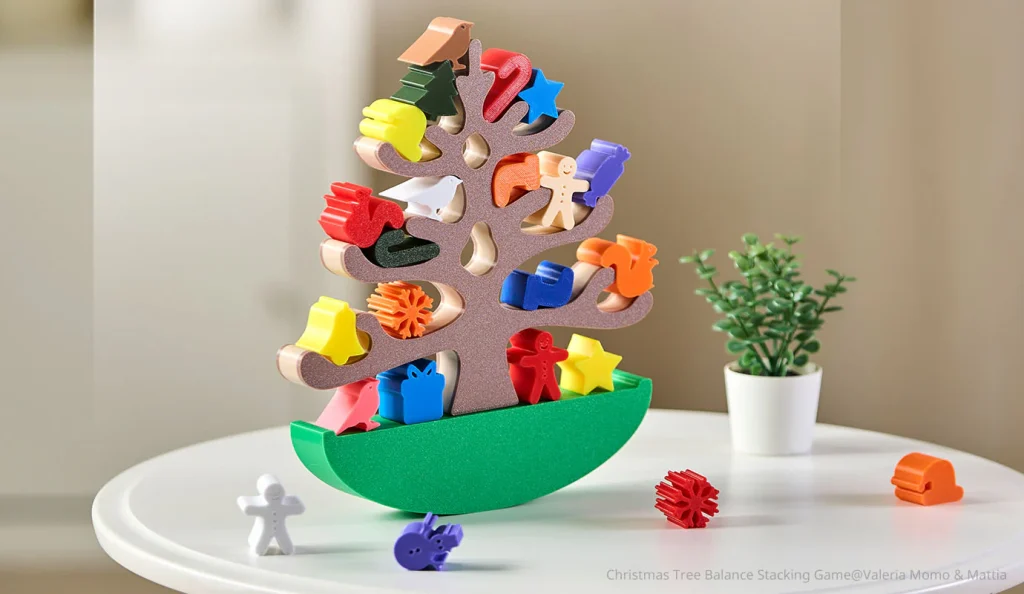
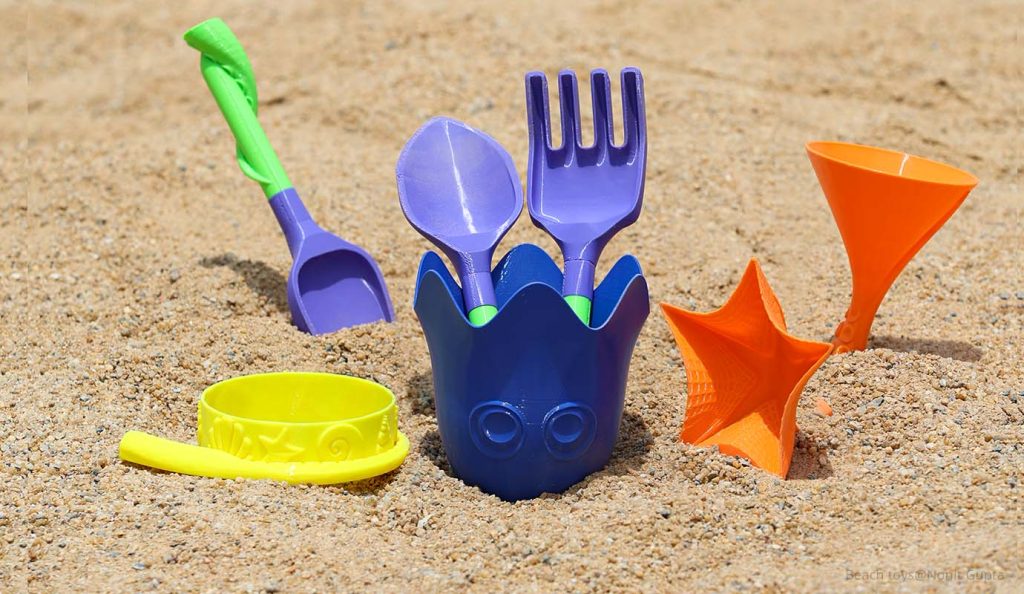
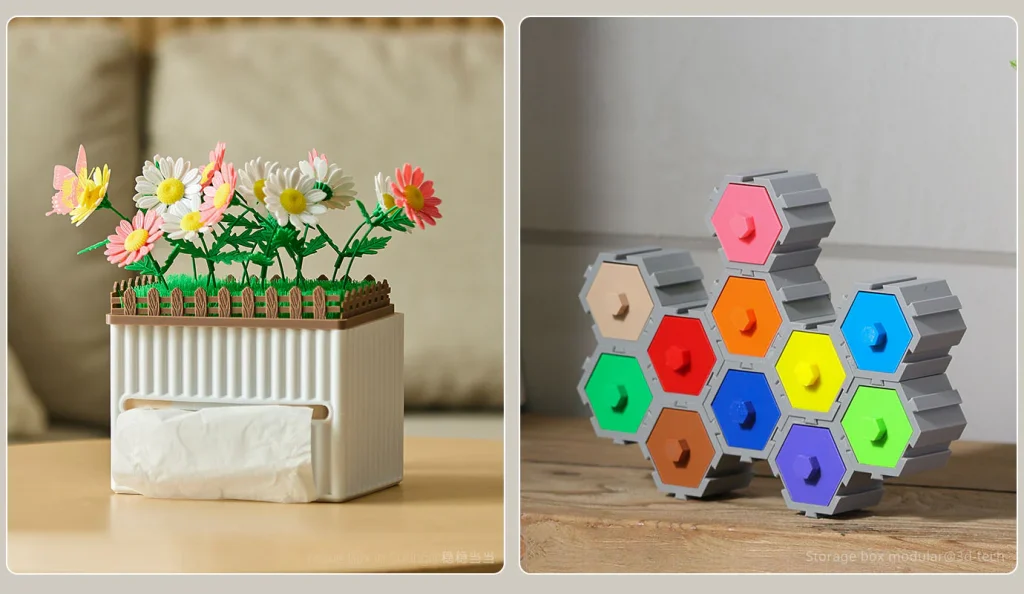
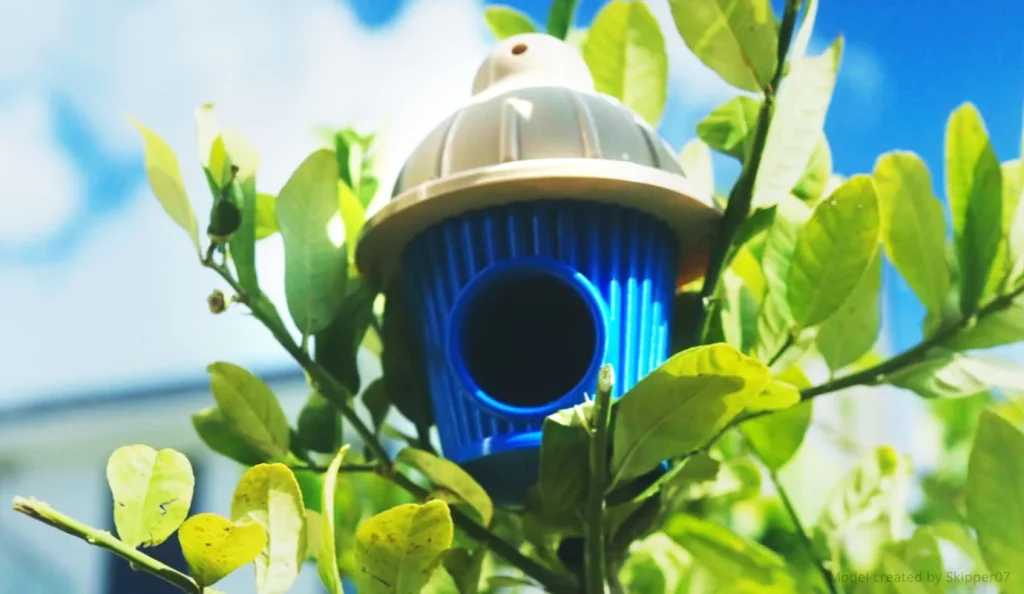
Pre-printing Preparation
| Drying Condition | 55-65°C,8-10h | ACE Pro Compatibility | Compatible |
| Nozzle Size | Recommended 0.2mm or above |
Recommended Settings
| Printing Temperature | 230-250℃ | Heated Bed Temperature | 60-70℃ |
| Printing Speed | 50-250mm/s | Maximum Volume Speed (Flow Rate) | 12mm³/s |
Material Performance – Physical Properties
| Density | 1.23(g/cm³) | Melt Flow Index g/10min | 25±3g/10 min (190℃/2.16kg) |
| Melting Point Temperature | 72℃ | Heat Deflection Temperature | 69℃ |
| Saturated Water Absorption Rate | 0.4% |
Material Performance – Mechanical Properties
| Tensile Modulus | 1850±100Mpa | Tensile Strength | 52±1MPa |
| Tensile Strength (Z) | 31±3MPa | Elongation at Break | 13±1% |
| Bending Modulus | 2000±50MPa | Bending Strength | 80±2MPa |
| Izod Impact Strength (X-Y) | 45±2KJ/m² |
Color Type


FAQs
How does PETG compare to PLA and ABS in terms of strength and printability?
PETG offers the best of both worlds – It’s as easy to print as PLA while being as tough and durable as ABS. Unlike PLA, PETG won’t easily snap or become brittle, and unlike ABS, it prints with minimal warping and odor. This makes it perfect for functional parts like toys, mechanical prototypes, and chassis that need to withstand drops or stress while remaining easy to work with.
If I buy 3KG of filament, will I receive a single 3KG roll?
No. All our filaments are packaged in 1KG rolls. For example, if you purchase 3KG, you will receive three separate 1KG rolls rather than one 3KG roll. The same rule applies to other quantities as well.
Is PETG suitable for outdoor use, and how does it perform in different weather conditions?
Yes! PETG is an excellent choice for outdoor applications due to its superior water and weather resistance. Unlike PLA, which can degrade when exposed to moisture and UV light, PETG maintains its structural integrity, luster, and surface texture over time—even in rain, sunlight, or temperature fluctuations. This makes it ideal for garden decorations, outdoor fixtures, and functional parts exposed to the elements.
Does the Intelligent Identification feature require additional setup or operation?
No extra setup is needed. Supported printers automatically read the filament information, providing a seamless and convenient user experience.
